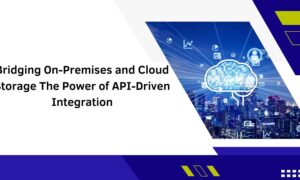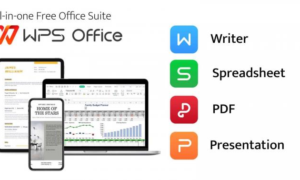As we are now living in the information society, each governmental agency has its requirements concerning data and information management. Reliability, confidentiality, and adherence to high standards are crucial here.
In order to satisfy such specific needs, more specific cloud services are created which place these factors at the top of their list of concerns. Microsoft 365 Government Community Cloud High is one of such services intended for use by the U.S. government agencies as well as their contractors. This solution assists in dealing with sensitive information as per the federal requirements in place.
It is important for agencies that are considering cloud computing to understand the Microsoft 365 GCC High, and how it can enhance government operations.
What is GCC High?
GCC High means Government Community Cloud High. It is one of Microsoft’s cloud services designed for the exclusive use of the United States government departments, defense contractors and their suppliers. This service guarantees that all the operations involved in data management and storage are compliant with the standards set by the U. S. government.
GCC High is different from the regular cloud services due to the extra security measures it has in place. These measures guarantee that data is not just stored securely but also processed in a manner that conforms to the United States Federal laws such as the FedRAMP High, the DFARS, and the ITAR standards.
Security and Compliance Features
The main argument behind GCC High is its high-level security. The service has layers of security to protect the data as much as possible in case of an attack by a cyber criminal. This comprises high level encryption of the data, both offline and online, which implies that at any given time data is encrypted and can only be decrypted by those who are authorized to do so.
Moreover, GCC High uses physically separate data centers located in the United States as its basis of operation. This geographical limitation improves security while at the same time fulfilling legal requirements that demand data to be stored locally within the USA.
Advantages of GCC High for Government Agencies
The shift to GCC High can have some benefits for government agencies such as enhanced organizational effectiveness and protection of data.
a. Collaboration and Mobility
Through using GCC High ,workers in the government can be able to communicate with each other whether they are working from home or not. This is especially helpful within situations where the team members are in different geographical locations but need to be involved in working on a sensitive project.
b. Enhanced Data Protection
Since the level of security is high, the agencies can be certain that their data is safe from any attacks by any unauthorized personnel, among other risks.
c. Enhanced Disaster Recovery
GCC High also has well-developed disaster recovery provisions in place. When there is a system failure or disaster, data and services can easily be recovered, hence reducing the occurrence of downtimes. This is important particularly for government organizations whose services are fundamental to the safety and well-being of the people.
- Regulatory Compliance
GCC High can help government entities easily address legal and regulatory requirements pertaining to data management and protection. This reduces the probability of attracting fines and increases people’s trust in the organization.
Conclusion
Selecting the most appropriate cloud service provider is very important, especially for government agencies that deal with very sensitive data. GCC High is a secure, compliant and efficient solution designed specifically for the requirements of the U.S. government and its contractors. Implementing GCC High allows agencies to strengthen their data protection regimes, conform to strict guidelines, and operate more effectively. GCC High offers a customized and credible solution for any government agency in need of enhancing or protecting its IT environment.


































